ARTICLES
Akira Kanayama: a Gutai Artist Who Distanced Himself from Jiro Yoshihara
GUTAI STILL ALIVE 2015 vol.1
27/35
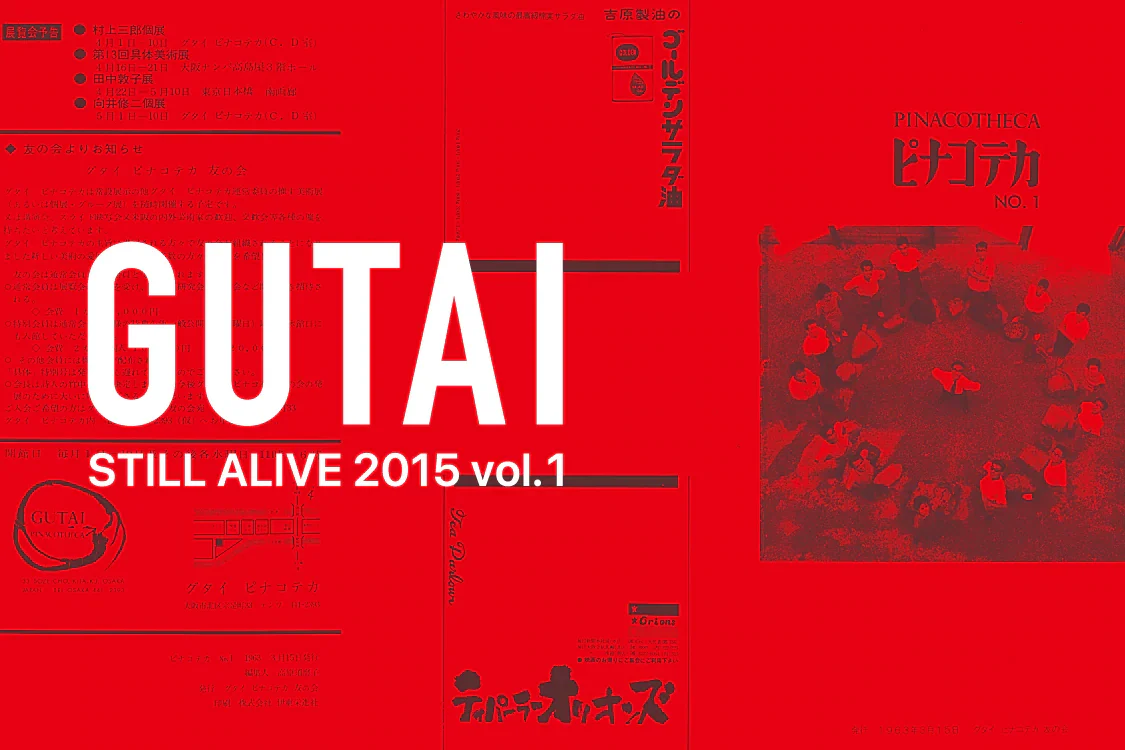
A project evolving the digitized archive of the book, “GUTAI STILL ALIVE 2015 vol.1”. The 27th edition introduces Akira Kanayama, a Gutai member who formed the Zero-kai (group Zero) in 1952 along with other artists like Kazuo Shiraga and Saburo Murakami. Kanayama was known for abstract paintings with geometric forms as well as large-scale art installations. Art historian Mizuho Kato talks about Kanayama's artistic ideology and his relationship with Gutai member Atsuko Tanaka.
Akira Kanayama: A Gutai Artist Who Realized How Distant He Was From Jiro Yoshihara
Mizuho Kato
Art Historian
No other members of the Gutai group would look more unlike a Gutai artist than Akira Kanayama (1924-2006). He formed Zero-kai (group Zero) in 1952 together with Kazuo Shiraga, Saburo Murakami and others, and they united with Gutai in 1955. At that time Kanayama was painting geometric forms in elaborate compositions and with the least possible traces of the brush. Shiraga later described such works as “even more simplified examples of Mondrian’s pure abstraction.” Kanayama’s style was quite distinct from, or opposite to, what’s commonly thought as Gutai’s mainstream style of stressing the act of painting or the materiality of painting media. He even showed Jiro Yoshihara a stark blank canvas as a work, an episode that indicates Kanayama’s total radicalism. Besides paintings, Kanayama exhibited, soon after joining Gutai, epoch-making works that could be seen as harbingers of what’s known as installation.
For example, he installed, at the center of a gallery, a vinyl balloon so large that it almost reached the ceiling and, diagonally above the balloon, hung a red globe containing an electric light from the ceiling, so that the surroundings were lit in red. “Footprints” was a 100-meter-long slender vinyl sheet on which marks of shoe soles were painted. The sheet was stretched like a path through a pine wood in a park where the exhibition was held. “Alarm” was a real alarm for grade crossings Kanayama borrowed from a railroad company and installed in a park. It sounded with red light going on and off. All these works altered the nature of the space in which they were exhibited, made the viewers feel the passage of time or realize their location in the space. Unlike other Gutai artists’ works, Kanayama’s works don’t express the artist’s self as a creator through violent brushwork or thick paint. The same can be said regarding the body of works done by a toy electric car or a handmade automatic line-drawing machine. The traces of the movement of the machines relieve the passage of time, a shift in the space or physical principles, rather than the artist’s subjectivity.
Such a peculiarity of Kanayama within Gutai was pointed out soon after the disbandment of Gutai in 1972. In his “Tojirareta enkanno kanatawa : ‘Gutai’ no kisekikara nanio... ” [What the yonder world after a closed circle : Reconsidering Gutai's track] (Bijutsu Techo No. 370, August 1973), which is thought to be the first essay to consider Gutai’s historical significance in postwar Japanese art, Naoyoshi Hikosaka called Kanayama a “singular artist.” In Shigeo Chiba’s Gendai Bijutsu Itsudatsu Shi 1945-1985[A History of Japanese Contemporary Art as a Deviation 1945-1985](1986, Shobunsha), a book which dealt comprehensively with the development of postwar Japanese art for the first time, Kanayama is mentioned as a “stranger in ‘Gutai.’ ” Moreover, Kanayama himself declared that he, as well as Atsuko Tanaka, had nothing to do with action, and told frankly that his view of art was different from that of Yoshihara’s.
Kanayama differed from Yoshihara most in the way of treating “matter.” He said, “Mr. Yoshihara gathered Shimamoto and others, and said that matter repels spirit, paintings are mere matter and they repel spirit, and that’s art. I could hardly understand it. [...] Mr. Yoshihara maintained that matter repels spirit, his own touches repelled his spirit. I didn’t understand such style of painting” (Document Gutai 1954-1972, Ashiya City Culture Foundation, 1993, p. 401). Rather than “matter,” Kanayama focused his attention on “surfaces, space and time, which are inseparable elements,” as he told in 1957. In other words, that meant the relation between some “matter” and other “matter.” Since the 1970s Kanayama took up music and astronomy as his subjects. That might also be due to his peculiar interest in the relation or law between plural elements.
Kanayama left Gutai in 1965. That was primarily because of differences between him and Yoshihara but, more concretely, differences in appreciation of Tanaka, and because of Tanaka’s illness caused by a conflict between Tanaka and Yoshihara. It was Kanayama who discovered Tanaka’s talent earliest and invited her to the world of abstraction. In Zero-kai and Gutai, Kanayama worked along with Tanaka and didn’t spare advice for and cooperation with her. Their encounter was so important for each other that even Yoshihara admitted that Kanayama “discovered” Tanaka. Tanaka herself cited Kanayama as the person who influenced her most. Tanaka’s works can’t be described without Kanayama’s influence. That her works were deemed distinct from other Gutai members’ was perhaps, at the root, because of Kanayama’s inclination.
When she left Gutai, Tanaka was so ill that she could hardly make works. However, thanks to Kanayama’s devoted support, she came back in the late ’60s and painted large-scale works during nearly 40 years thereafter, even more energetically than in her years with Gutai. In the 21st century, when Tanaka began to be appreciated in the West as an individual artist rather than a member of Gutai, Kanayama was no less the person happiest about it. Now that 60 years have passed since the birth of Gutai, we must study the group’s historical significance more carefully. A view on Kanayama and Tanaka, who had realized how distant they were from Yoshihara, will be an important key to understand Gutai in its actual form.
(Mothly Gallery, September 2014)
Read more about the “Gutai Art Association »
*Information in this article is at the time of publication.
ARTIST
RELATED ARTICLES
-
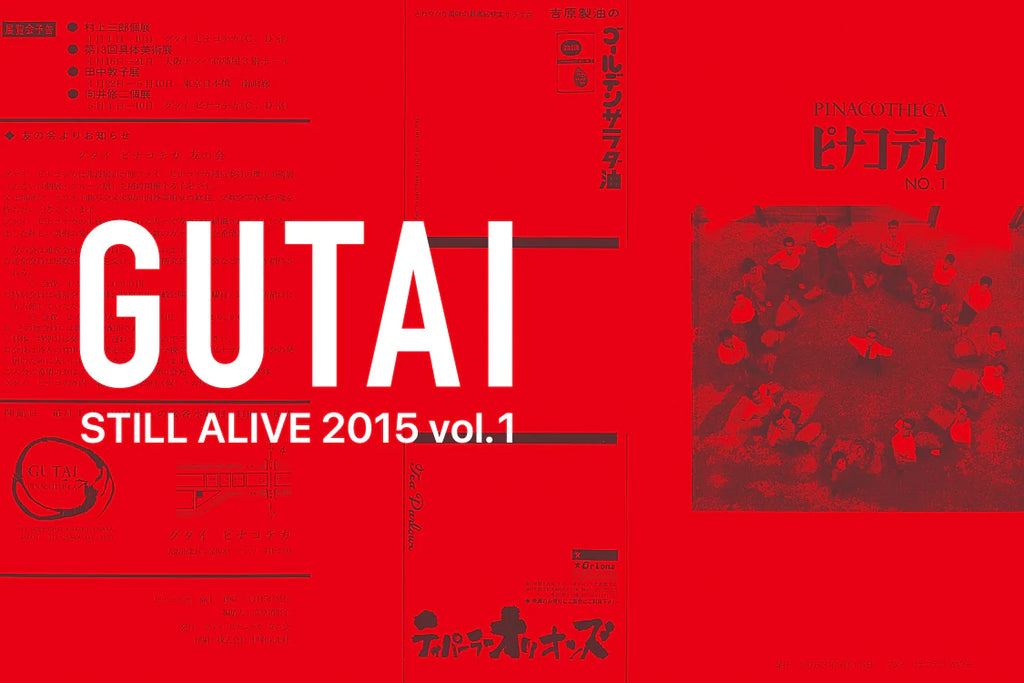
Myohoji, an Important Base for Akira Kanayama|Interviews with Related Parties (Part 2)
GUTAI STILL ALIVE 2015 vol.1
28/35 -
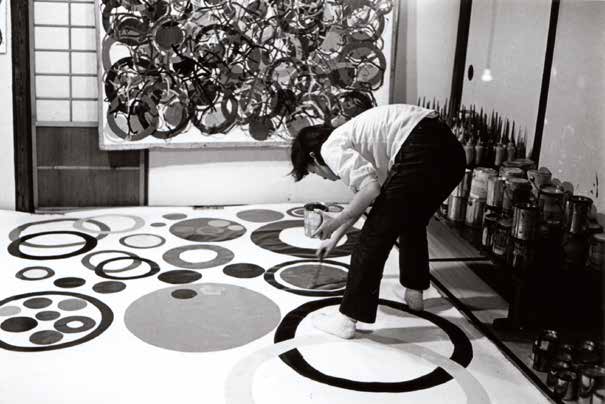
Atsuko Tanaka and Akira Kanayama as an artist couple|Interviews with related parties (Part 1)
GUTAI STILL ALIVE 2015 vol.1
26/35 -
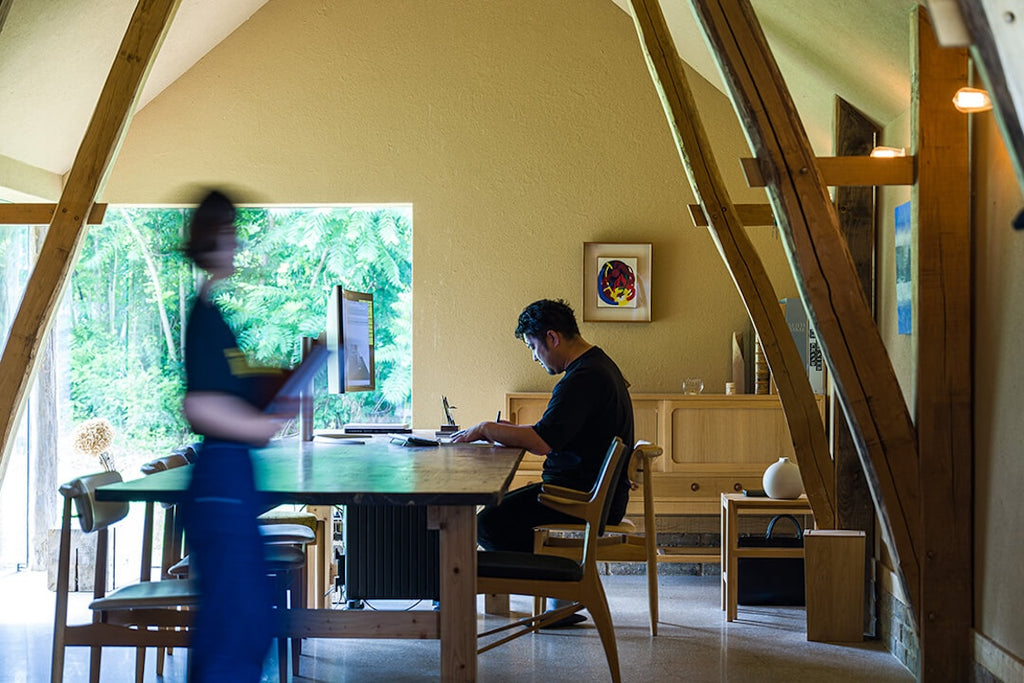
Hishida x Whitestone | The Synergy of Art and Architecture in Living Spaces
2024.08.09
ART × ARCHITECTURE -
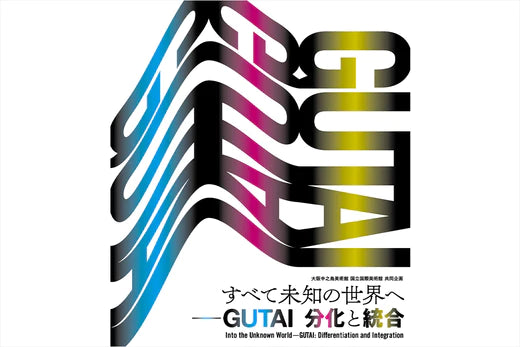
“Into the Unknown World — GUTAI: Differentiation and Integration” at the Nakanoshima Museum of Art and the National Museum of Art
October 19, 2022
Osaka, Japan



